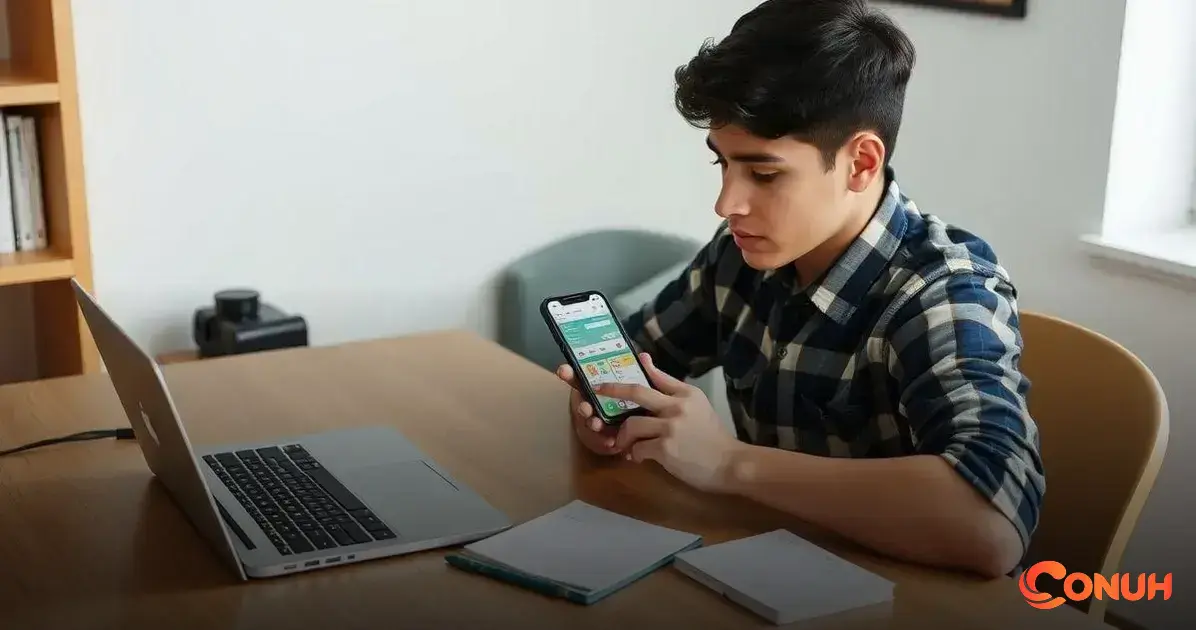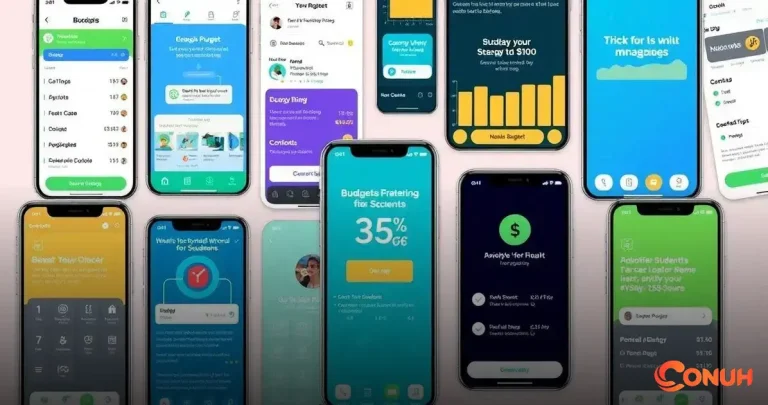ADVERTISEMENT
Managing finances is essential for students today. With tuition, books, and living costs, it can be overwhelming. Luckily, best budgeting apps for students can simplify money management.
These apps help track expenses and set savings goals. They provide insight into spending habits, allowing students to make informed decisions. Investing in the right budgeting tool enhances financial literacy.
ADVERTISEMENT
Unlock the secret to smarter spending and savings. Keep reading to discover the best budgeting apps that will transform your financial health!
Why Budgeting is Important for Students
Budgeting is important for students because it helps them keep track of their money. Most students have limited income, like allowances or part-time jobs. By budgeting their money, they can see what they can afford and where it goes.
Having a budget reduces stress. Students often worry about paying for rent, books, and food. With a clear plan, they can manage their expenses better, leading to fewer financial surprises each month.
Lastly, budgeting teaches valuable life skills. It helps students learn how to make choices about spending and saving. These skills are crucial not just for school but also for their future financial health.
Top Budgeting Apps for Students
There are many budgeting apps designed for students. Some popular ones include Mint, YNAB (You Need A Budget), and PocketGuard. These apps allow students to track their spending, set budgets, and even receive alerts when they are close to overspending.
Each app has unique features. For example, Mint offers detailed graphs to show spending habits, while YNAB focuses on helping users plan their future expenses. PocketGuard shows how much disposable income is left after bills and savings, making it easy to understand finances.
Using these apps can make budgeting feel less overwhelming. They are user-friendly and can be accessed on smartphones, which is convenient for busy students. With the right app, students can take control of their finances and maximise their savings.
How to Choose the Right Budgeting App

Choosing the right budgeting app can feel challenging, but there are key factors to consider. First, think about your personal needs. Do you want an app that tracks daily expenses, or one that helps you plan for future costs? Knowing what you need will help narrow down your options.
Next, look at the features of each app. Some apps offer reports and insights into your spending habits, while others may allow you to set savings goals. Read reviews to see how other students have found the app helpful. Also, make sure it fits your budget; some apps are free, while others may charge a fee.
Lastly, test out a few different apps. Many budgeting apps offer free trials, allowing you to see which one feels right for you. Pay attention to the app’s ease of use, design, and customer support. Finding an app you enjoy using will make budgeting easier and more effective.
Features to Look for in Budgeting Apps
When choosing a budgeting app, it’s essential to look for user-friendly features. A good app should have a simple interface that anyone can navigate easily. Features like easy data entry for expenses and clear charts or graphs help students see their financial situation at a glance.
Another important feature is automatic syncing. This means the app can connect to your bank and credit accounts, making tracking spending effortless. By providing real-time updates on transactions, students can stay informed about their finances without manual input.
Finally, budgeting apps should offer customizable options. This allows students to set personalized budgets and savings goals that fit their unique needs. Flexible categories for spending can help students see where their money goes and make better financial choices.
Best Free Budgeting Apps for Students
There are several great free budgeting apps perfect for students. One popular option is Mint. This app not only tracks spending but also categorizes expenses and provides helpful tips on saving money. With its easy-to-use interface, Mint makes budgeting accessible for everyone.
Another excellent choice is Fudget. This simple app allows users to create a budget without complicated features. It’s perfect for students who want to quickly see their income and expenses. Fudget’s straightforward design makes it easy to keep finances on track without feeling overwhelmed.
Lastly, there’s GoodBudget, which focuses on envelope budgeting. This method helps students allocate their money into different categories effectively. Users can sync the app across multiple devices, making it ideal for sharing budgets with roommates or partners.
Tips for Using Budgeting Apps Effectively

To use budgeting apps effectively, start by setting clear goals. Decide what you want to achieve, like saving for a trip or managing daily expenses. Having specific targets helps you stay focused and motivated while using the app.
Next, make it a habit to update the app regularly. Spend a few minutes each day or week to enter your expenses and track your progress. This routine will keep you aware of your spending habits and help prevent any surprises at the end of the month.
Lastly, take advantage of the app’s features. Many budgeting apps offer alerts, reports, and suggestions for saving money. Explore these tools to enhance your budgeting experience and discover new ways to maximise your savings.
User Reviews of Popular Budgeting Apps
User reviews are key to understanding the best budgeting apps for students. Many users praise Mint for its user-friendly design and automatic syncing with bank accounts. Students love that it offers a clear view of their spending, making it easier to stick to a budget.
On the other hand, YNAB often receives positive feedback for its proactive approach to budgeting. Users appreciate its focus on planning future expenses and setting financial goals. This feature helps students feel more in control of their finances.
Meanwhile, PocketGuard is noted for its simplicity. Users enjoy how it shows exactly how much disposable income they have left after bills and savings. This feature helps students avoid overspending while still enjoying their money.
Common Mistakes Students Make When Budgeting
Even with the best budgeting apps, students can fall into common traps. One frequent mistake is underestimating small expenses, like coffee or snacks. Over time, these little purchases can add up and affect the budget significantly.
Another mistake is not reviewing the budget regularly. Financial situations can change quickly, especially for students with part-time jobs or fluctuating income. Regular check-ins ensure the budget stays relevant and effective for current needs.
Lastly, some students set unrealistic savings goals. While aiming high is good, overly ambitious targets can lead to frustration. Setting achievable goals and adjusting them over time makes budgeting more sustainable and rewarding.







